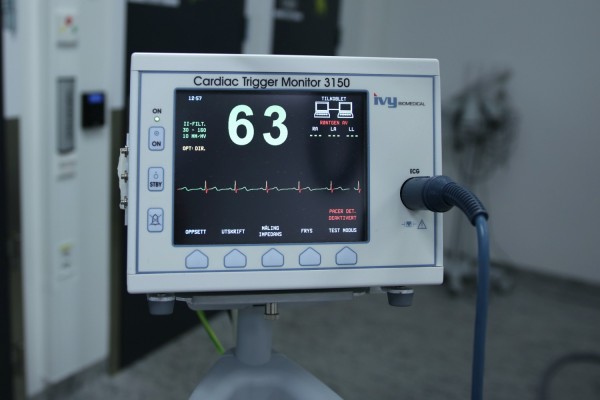Researchers Invented Smart Implantable Device and Revolutionized Traditional Heart Disease Monitoring

ALSO READ: Boy Born with 'Half a Heart' Gets Lifesaving Transplant
Taking care of your heart is necessary because cardiac diseases are very serious and having them can increase your risk of mortality. Earlier in the year, the Centers for Disease Control and Prevention (CDC) said that one person dies every 36 seconds in the United States due to cardiovascular disease or heart disease. But when you have heart disease and your heart health getting worse, chances are you have, or you need to have cardiac devices that will help your heart.
An international research team led by a mechanical engineer from the University of Houston have released a new study detailing a new cardiac patch made from rubbery bioelectronics that can be placed directly on the heart and be used to collect a wide range of information such as electrophysiological activity, heartbeat, temperature, and other indications of the cardiac health, in general.
According to New York University (NYU) Langone Health, cardiac devices are designed to help control irregular heartbeats in people with rhythm disorders. They added that irregular heartbeats are caused by a problem with the heart's electrical system, which signals the heart to pump blood throughout the body.
Human Heart Powered
According to Interesting Engineering, the patch harvests energy from the heart's beating. This only means that it can perform without the need for an external power source. In a statement, Dr. Cunjiang Yu, Bill D. Cook associate professor of Mechanical Engineering, said that identifying the problem is a must for people with heart arrhythmia or heart attack. According to him, the new device can do just that. He also added that the device marks the first time bioelectronics has been developed based on fully rubbery electronic materials which are compatible with heart tissues allowing it to be solely the limitation of the traditional cardiac devices. It is known that traditional pacemakers and other cardiac devices are made with rigid materials, which hinders them in accommodating a beating heart.
Dr. Yu added that constructing bioelectronics from resources with moduli matching the biological tissues proposes an auspicious route towards next generational bioelectronics and biosensors for the heart and other organs. The researchers further said that the elastic epicardial patch is capable of multiplexed ECG mapping, strain and temperature sensing, thermal ablation, energy harvesting, and electrical pacing functions.
READ ALSO: Study Finds Abnormal Levels of Blood Pressure While Asleep Increase Risk of Heart Disease
What is Arrhythmia?
Technically people without heart disease do not need these devices because their heart is healthy and functioning well. But not all people with heart disease needs this too. According to Medline Plus, people with arrhythmia usually need them. Mayo clinic described this disease as a heart rhythm problem occurring when electrical impulses that coordinate with the heartbeats don't work properly, causing the heart to beat too fast or beat slow and irregularly. Medline Plus added that when the heart beats too fast, it is called tachycardia, and when it beats too slowly, it is called bradycardia. This disease's symptoms include fast or slow heartbeat, skipping beats, lightheadedness or dizziness, sweating, and chest pain.
It is good that devices that can help your heart are invented and improved. But taking care of your heart health is still ideal than having a device inside you.
READ NEXT: Preventive Cardiology and How it Helps Your Heart
Check out more news and information on Heart Disease on MD News Daily.
Nov 06, 2020 12:00 PM EST




